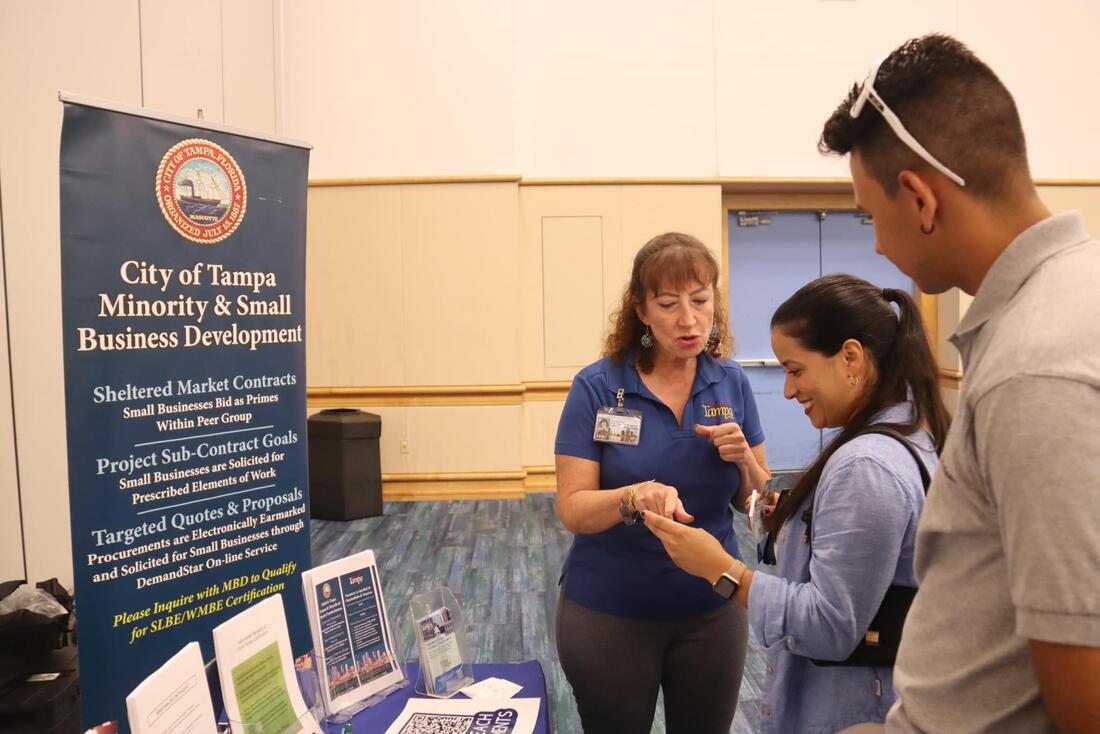Fashion
Inside Freddy Coomes and Matt Empringham’s dynamic fashion world

Designers Freddy Coomes and Matt Empringham, freshly graduated from Central Saint Martins, make brilliant clothes. And yet, their designs are really more like the concept of clothes than clothes themselves – Coomes and Empringham make sculptural, two-dimensional garments that resemble those you’d affix to a paper doll. It’s as if they are designing for Flat Stanley: the collections include permanently windblown scarves, ends sticking straight up; huge paper-thin coats, complete with the illusion of hands in pockets; pieces trimmed with square patches of the materials they’re made with. “There’s a feeling of unease [in our work],” says Coomes, speaking alongside Empringham from their central London studio. “We’re never trying to get too close to what the garment is. It’s kind of like the uncanny valley. You know it’s not real, but it’s close enough for it to feel uncomfortable.”
Coomes and Empringham are both aged 23. They met on the very first day of their foundation course (held in 2020 and hampered by COVID), and worked closely together throughout their time at CSM. Both spent their placement years working for labels led by Jonathan Anderson, a clear influence; Coomes at Loewe, Empringham at JW Anderson. Their big break came just this past May, when Sienna Miller – styled by Harry Lambert, a regular Anderson collaborator who also styled Coomes and Empringham’s latest lookbook – wore a mod mini-dress from their graduate collection, emerald green with anatomically correct floral detailing, to Anna Wintour’s famed pre-Met Gala dinner in New York. It was made from Alcantara, which looks like suede but is in fact a synthetic textile primarily used for the interiors of high-end sports cars. Miller has surely sat on it before.
Many of Coomes and Empringham’s creations resemble cardboard cutouts, constructed with paper, bulldog clips, papier-mache, plastic, nylon fibres glued to plastic, aluminium, neoprene tubes (Lambert styled Emma Corrin in a dress made from them), leather repair sheets and stickers. “I think we just draw the line at anything that would give us a rash,” says Coomes. “We’re not snobby about anything,” adds Empringham. “We really think anything can be quite beautiful if it’s played around with.”
‘Played around’ is the optimal phrase here. It is impossible to look at Coomes and Empringham’s work and not feel a twinge of childlike wonder. So much of their output is proudly silly, the outsize silhouettes and construction trapping models in a still, unbending state like they’re spawning in a video game. Shredded collars stretch over heads, neoprene tubes shake like wind chimes in a hurricane, fabrics are flocked like the ends of Q-tips. The flattened pieces could be for cartoon characters squashed flat after running into a brick wall. In one photograph on Instagram, a young model stares at the camera while trapped inside a comically oversized coat the shape of a bowling ball.
What I think we found really, really enjoyable about it was the fact that it made people feel slightly uncomfortable
– Freddy Coomes
An argyle sweater made from Alcantara isn’t mimicking a knit – it just happens to look like one, until you come closer. A supremely elegant, edible-looking blue button-down looks like denim in a thumbnail image – and then you think it’s Ultrasuede, and then you find out it’s made from the material used for car seats.
“What I think we found really, really enjoyable about it was the fact that it made people feel slightly uncomfortable in the sense that they understood what they were looking at, and they didn’t really understand why it was that fabric,” says Coomes. “We’ve never printed a texture on to a different colour or fabric. It has always been a genuine use of the material. And we’ve never changed the colour of materials to make it look more like a fabric.”
The stiffness is part of the charm. When asked what it feels like to wear one of their sculptural scarves or coats, Empringham laughs and says, “It doesn’t feel great!” Some fittings have been “a bit ropey”. But as the two work to grow their brand – they currently show pieces labelled under both their names, but a new title is forthcoming – that may change. Materials still lead the design process (Coomes and Empringham eschew big moodboards featuring historical references, styling inspiration and so on, but they constantly research shades and fabrics), but now that they’re out of university, the designers are looking to expand into the more technically wearable. “I would say we’re at the end of that journey [with unorthodox materials] to an extent, because we have done so much of that,” says Coomes. “And I think now it’s just about how we translate those ideas and that approach [into] something that someone can wear.”
As the brand grows in reach, the duo are attempting to adapt the playful codes of their current project into something more commercial (not excessively commercial, just more commercial than bulldog clips). Despite that word’s dirty implications, this does not, necessarily, equal boring: Coomes and Empringham are just getting started, and a clientele paying them prices they can’t currently charge for neoprene tube dresses will surely give them even more room to grow. Consider a silk taffeta dress they made for Corrin, in the vein of Sailor Moon, complete with a colossal bow – a wearable fabric turned weirdly beautiful garment.
“We haven’t got huge budgets for anything that we do,” explains Coomes of their DIY approach. “Everything has been largely self-funded. The materials [we use] have all kind of just been available or cheap or given to us. We’re guided a lot by availability at this point. And as we develop this idea of what the label could be, we’re going to have the chance to think about who we are without having to be led entirely by what we can get.”
Coomes and Empringham say that their work is about asking as many questions as they can with the things that they make. They ask what an unorthodox material can do, how a classic garment can be slyly modified, what the boundaries are between sculpture, costume and garment. What counts as clothing, really? What do you want to touch, to feel against your skin, and could that possibly be aluminium? As a result, the clothes – objects, art pieces, whatever you want to call them – are arresting, peculiar, at once childlike and grown-up conversation starters.
“I think doing something that’s completely bonkers can really inform the ready-to-wear or the more commercial stuff that we inevitably will end up designing, have to end up designing, and want to end up designing,” says Empringham. “We really do enjoy making nice wearable clothes, and I think having your own practice as that research point is interesting.”
“There isn’t really anything we’re not going to try,” adds Coomes. “And up until this point, that’s been really beneficial.”
For now, a deadline looms – they plan to show in London in February, sticking with the fashion calendar to best benefit their business plans. “It’s only maybe these past few months that we’ve really started to think, ‘OK, what’s the trouser? What does the shirt look like?’” says Empringham. “And I think that’s only come because we’ve spent quite a lot of time essentially messing around and have made quite a large volume of work together. A lot of which was really bad.”
After an automatic light switches off at the Soho studio we’ve been sitting in – a “levelling up”, they say, from their previous space in Leyton – they get ready to round off our conversation and venture to town for a drink. Sitting in as they let me into their rich interior world, I can’t picture them in settings as everyday as a classic British pub. God only knows, I thought to myself as my laptop lid closes, what they’ll do with the pub’s napkins.








